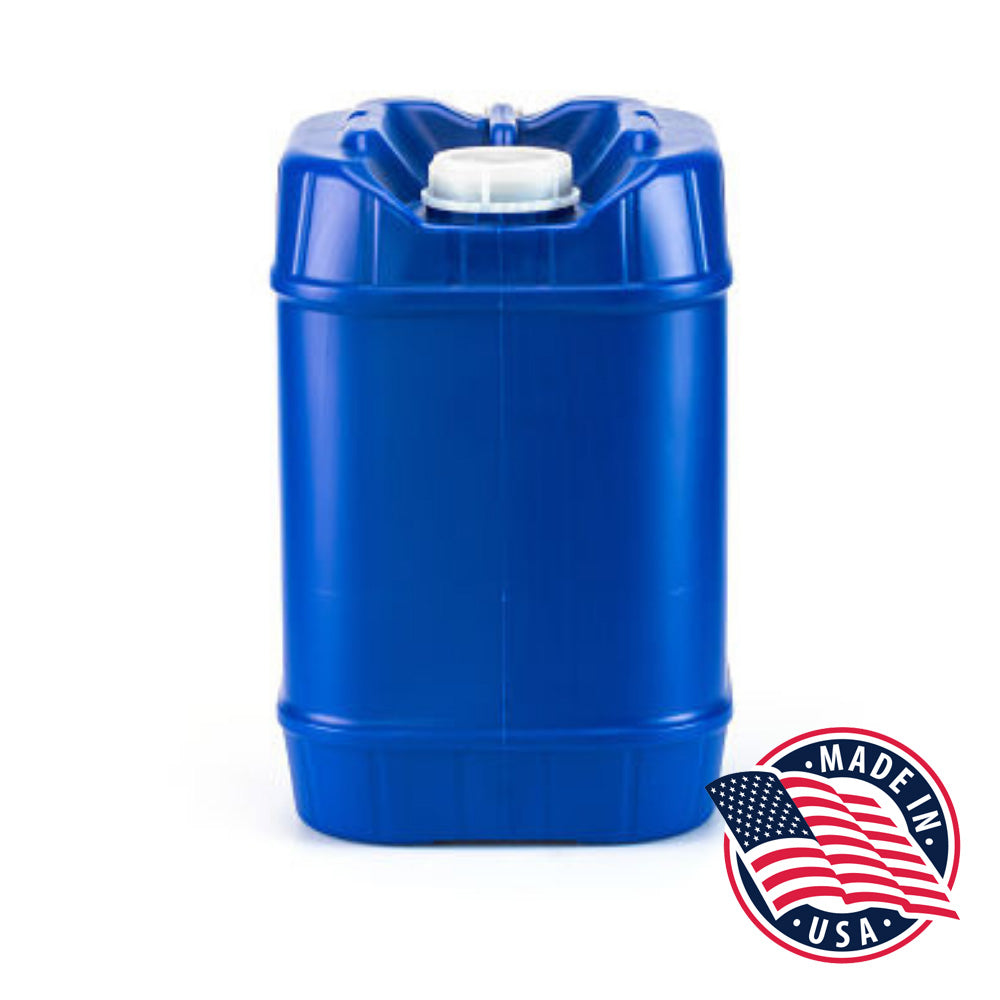If you're new to emergency preparedness or seeking reliable water storage solutions for your emergency supplies, this guide is essential reading. Choosing the right containers is critical, and this article explains why BPA-free and HDPE water storage containers are the safest and most durable options.
What is BPA?
BPA, or Bisphenol A, is a chemical used in some plastics, commonly found in beverage and food containers with the recycling symbol 7. Research has shown that BPA can leach into food and water, potentially causing health problems, including issues with the brain and prostate gland.
What is HDPE?

HDPE, or High-Density Polyethylene, is a durable and versatile plastic found in everyday items like milk jugs, detergent bottles, and plastic bags. Look for containers with the recycling symbol 2, which signifies HDPE. This material is opaque, withstanding high temperatures (up to 230°F / 110°C) and preventing sunlight from penetrating, reducing the risk of algae and bacteria growth in your water.
Why Choose BPA-Free and HDPE Containers?
For emergency preparedness, it's vital to use water storage containers that are BPA-free and made from HDPE. Here's why:
- Health Safety: BPA-free containers eliminate the risk of harmful chemical leaching.
- Durability: HDPE is designed to withstand high temperatures and is highly resilient.
- Prevents Contamination: Opaque HDPE prevents sunlight from promoting algae and bacterial growth.
A high-quality water storage container is a cornerstone of any emergency preparedness plan. Start by ensuring enough water for your household for at least 72 hours. For a variety of safe, BPA-free options, check out our water storage containers.

Start Preparing Today
Water is essential for survival—while you can go weeks without food, you can only survive days without water. Take the first step toward safeguarding your family by investing in BPA-free, HDPE water storage solutions.

















